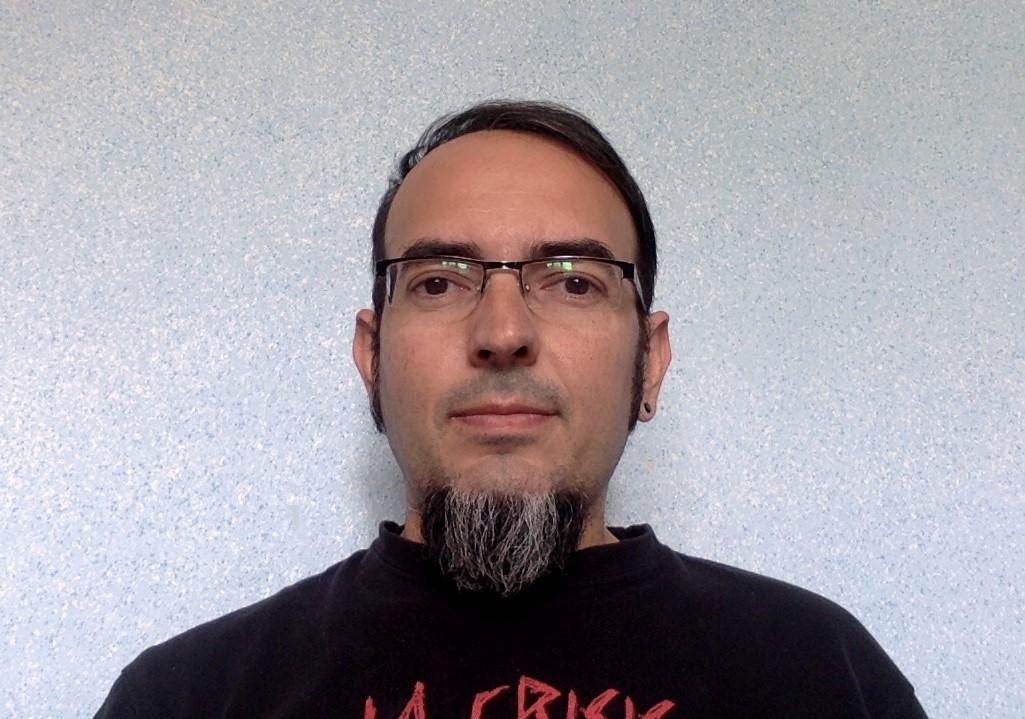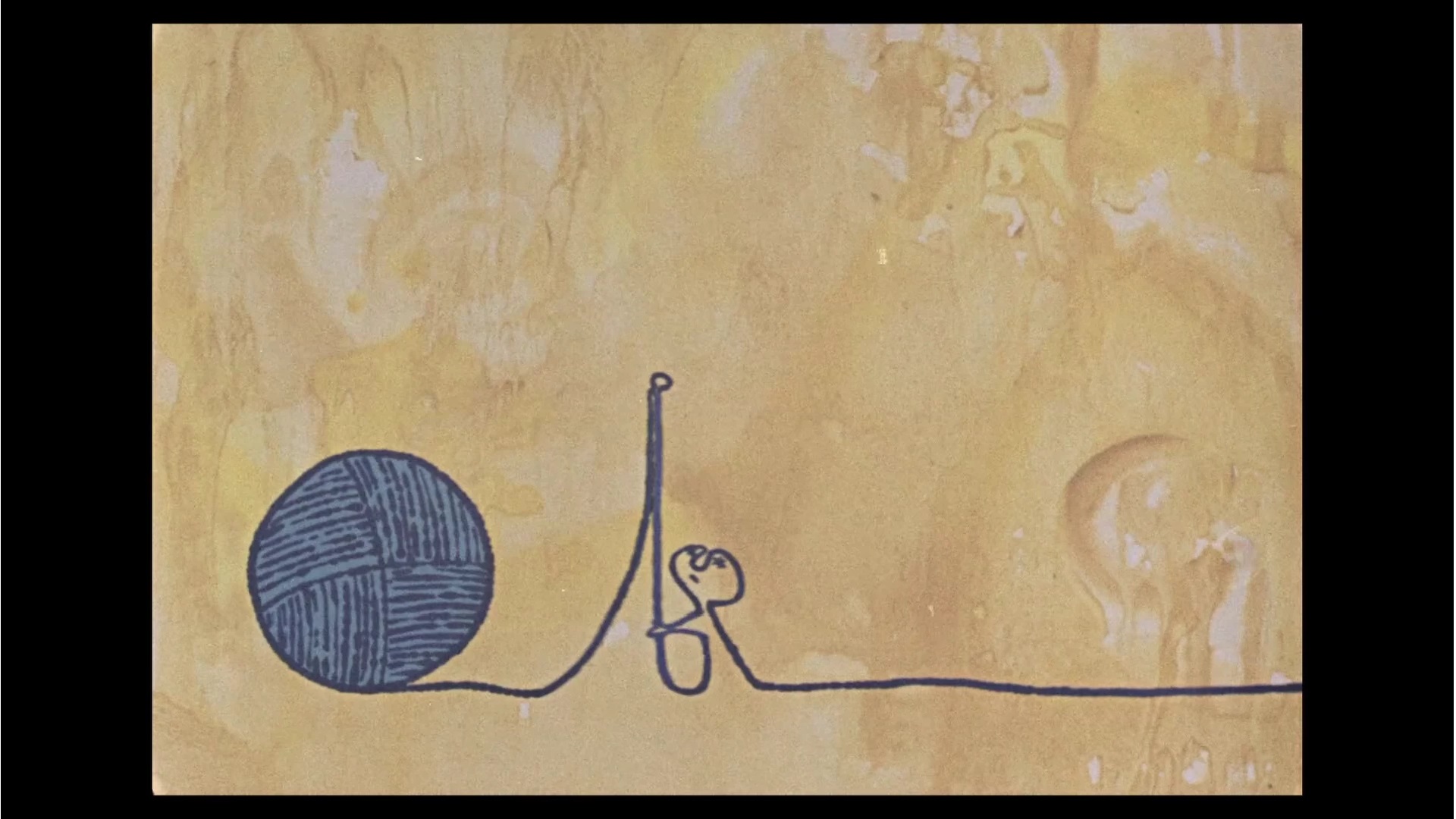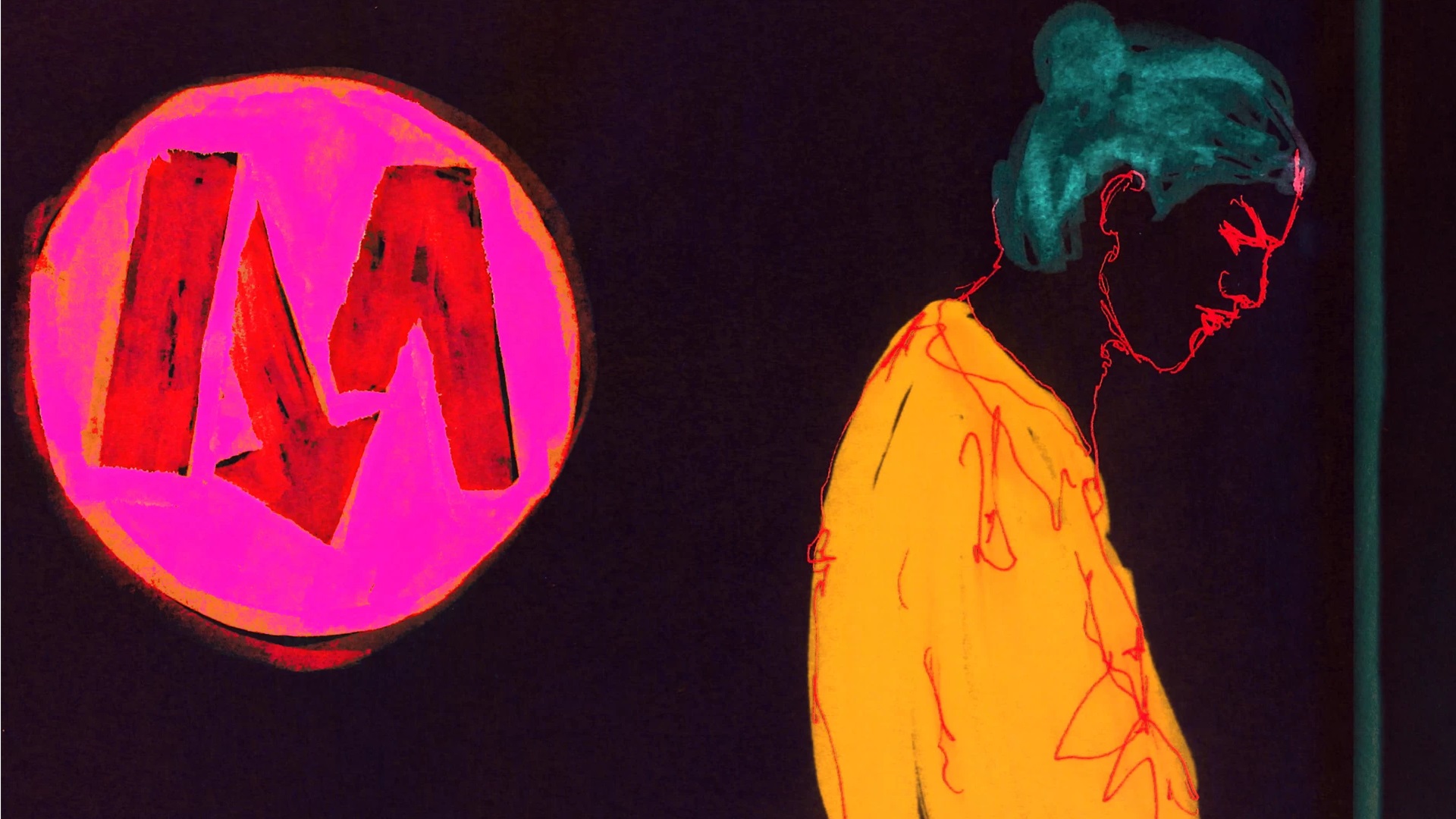Mihai Mitrică discusses Animest 2020: „Ours was a happy case, compared to similar events”
Animest is one of the most beloved film festivals in the Romanian circuit – and for good reason too: always attracting a large and young audience, with a hip and quirky branding, heavily reliant on various forms of live performance, and, finally, with caravan-style screenings all across the country, so in its 15 years of existence, the festival has imposed itself as the number one forum for animation film in Romania. How is such a vibrant festival surviving 2020, the annus horribilis for film festivals?
Mihai Mitrica, the artistic director and co-founder of the festival, tells us more about how Animest found unique ways to adapt to the online medium, and goes into detail about this year’s special programs: the retrospective dedicated to the centennial of Romanian animation, ANIDOCS and their partnership with TRICKY WOMEN / TRICKY REALITIES.

What were the challenges that you faced for this edition of the festival, and what were some of the changes that needed to be done, beyond the need to organize it online due to the pandemic?
I’d like to start out by saying that ours was a happy case, compared to similar events that were due to take place during spring and have been either postponed or had to change dates. Animest being a fall festival, we knew pretty early on that our festival will have to count on an online component. But we kept on hoping that we would have a hybrid edition that would still allow for a part of the screenings to take place in cinemas. When halls were reopened in September, we felt encouraged and so we finalized our cinema schedule. However, shortly after, we had to abandon that program and completely re-tailor it for an online experience. It was stressful and a bit chaotic, but I think that all event organizers are used to this.
The most interesting challenges were related to the festival’s online concept. We wanted to keep part of the festival’s spirit alive in an interactive online version, that would keep the audience close to us. The screenings will be live-streamed and they will take place at certain hours, so it won’t be a video-on-demand format, that allows one to see the films whenever, over the course of a week. The program will be the same as the one intended before for cinemas, but there will be a certain time frame for people to connect to the stream once it begins, without missing out on the beginning.
Since we will have many live Q&A sessions with our selected filmmakers, we designed our streaming platform in a way that would allow the audience to remain online after the screenings are over, if they’re interested in meeting the creators and in asking them questions.
Another challenge was to convince international distributors to allow us to screen recent animation productions online. In the beginning, there were some hesitations, but we managed to convince everyone, and so we managed to have all the films that we would have also screened offline, in cinemas. None of the distributors has rejected us. And we have some films that had their premieres in 2020, in festivals such as the Berlinale, Cannes, and Locarno, so really state-of-the-art films.
Animest is renowned for its thematic all-night marathons – Creepy, Trippy and Animusic Nights. How will they take place this year, and what should we expect?
When it comes to our traditional events, we didn’t skip anything this year, and so the online program has everything that we set out to include in our festival program, including our popular night-time screenings. The only difference is that this year we’re only going to have the screenings. In a normal year, we would have had concerts, live animation shows, cine-concerts, a lot of socializing, but we didn’t think that any of these would really work online, so we decided not to force them, and put them on hold for this year.
On the other hand, the selection for these events is quite spectacular, especially the programming of Trippy Night, which will be presented by the same person we started out with this project, Michael Helmerhorst, a Dutch collector of archival animation footage.
So… prepare your coffee and cigarettes, as Jarmush would have said, and update your computers and smart TVs! The screenings will start at midnight on Thursday, Friday, and Saturday, so, basically, three consecutive online animated parties.
Every year, the Romanian short film competition is increasingly consistent – there are more and more films, and their production value just keeps on getting better. Considering that Animest is the most important forum for local animation film, but also its decisive contribution to the field’s evolution across the past 15 years, how do you see Romanian animation in 2020? How did it evolve in comparison to the moment in which the festival was just starting out, and what are its perspectives?
That’s true, every year the number of productions is higher. That doesn’t mean, however, that the quality is also on par. But, beyond student-directed films, there are also some local independent productions that can find their way into international festivals. There is a clear evolution and it’s visible to the naked eye, but it’s not a constant one – neither in terms of quantity or quality. It’s probably just like in the case of fiction films – there are years in which we have 2 or 3 films selected at Cannes, and then years when we have none. The main difference being that Romanian animation is almost exclusively comprised of short film productions.
I’d say that I’m optimistic, because I’m aware of the fact that there is an entire generation that has grown up around computers, that will soon reach maturity, and the number of productions will rise significantly from every point of view. This is why we founded The Animation Incubator, which is dedicated to teenagers since we’re interested in discovering young talents and want to help guide them towards this industry.

The festival also has a pretty large retrospective this year, dedicated to the centennial of Romanian animation film. How does this retrospective put its evolution in perspective, and how did you select the titles that comprise it?
2020 is a special year for Romanian animation. We had a million plans to celebrate, but this is a pretty unlucky year when it comes to everything related to public events. We’re still holding our plans for next year, however, even though it’ll be 101 years. What I think came out really well is our exhibition, which is hosted by the BRD Scena9 Residency House, which is open to visitors until the 22nd of November.
In our selection dedicated to 100 years of Romanian animation, we have two programs of representative animations picked from the National Film Archives, some of which have been digitized especially for this edition of Animest. The programmer was Ms. Dana Duma, who is a professor at the UNATC film school and a film critic. The selection includes films such as Haplea, the oldest existent Romanian animation film, Ion Popescu-Gopo’s famous Palme D’Or winning film, as well as many other titles that are pretty diverse in terms of technique and narrative, which were fundamental productions of the Animafilm communist-era studios.
Aside from these two programs, we will also be screening Radu Igaszag’s A Short History, which is a journey through the history of Romanian film animation, along with our collection of award-winning films from the Animest Romanian competition, starting from 2007 and all the way up to 2019.
This year, Animest also has a section dedicated to animation documentaries, ANIDOCS. What led you to the creation of this side-bar, and what can you tell us about the selected films?
We had been planning to focus on animated documentaries for a long time. On paper, at least, our initial programming was much bigger than what we ended up with for this edition, because we had to give up on three feature films and our entire selection of shorts, which we do still plan on bringing to Bucharest sometime in the future, and also create a web of talks and debates around them, starting from the films’ subject matter.
Waltz with Bashir couldn’t miss from this selection, because it is practically the film that opened the path for ANIDOCS, popularizing this particular genre through its Oscar and Palme D’Or nominations, and which, by the way, was also our opening film in 2008. We’ll also be presenting The Tower, an American film that explains the 1966 Texas University massacre, Samouni Road, which was also awarded at Cannes in 2018 and tells the true-life story of the Samouni family, that lives in the Gaza Strip. Another Oscar-nominated film is Life, Animated, which tells the remarkable story of how a special boy named Owen discovered a means to communicate through Disney animation films, and a means to understand the world.
Finally, we couldn’t help but reprise Anca Damian’s Crulic, which is the feature that put Romania back on the global map of animation in the past century, with all the awards that it won across the circuit and the many festivals that carried the film in their programs.

This year’s guest festival is TRICKY WOMEN / TRICKY REALITIES, an all-female animation festival. How did you decide to invite this particular festival, and what do you think we could learn from such a festival – both the public and the local event organizers?
We’ve known this festival for quite some time and we’ve been collaborating with them for 10 years now. The ladies who organize the festival even paid us a visit to Bucharest in 2010, at the 5th edition of Animest. It’s a bold decision to invite a niche festival such as this one. If an animation film festival is already the kind of event that has its own specific audience, an animation festival that only programs female productions is already highly focused. Since it’s a unique event in the milieu of animation festivals, I thought that it would be very interesting to show people that, in an industry dominated by men, not only do we also have films directed by women, but, even more so, there are even events that are dedicated to them. And this is probably just a prelude to our next edition, which will dedicate more space to this segment, so stay tuned. Girl Power!
As a final question, what are your absolute must-sees for this year’s edition?
I have a lot of favorites, but I’ll be brief. Be sure not to miss out on Children of the Sea from Japan, on our meeting with Aaron Long – who is one of the directors of Bojack Horseman, on our opening film, The Bears’ Famous Invasion of Sicily, and, if you wanna get out of your homes, be sure not to miss our offline exhibition at the BRD Scena9 Residency House!
Film critic & journalist. Collaborates with local and international outlets, programs a short film festival - BIEFF, does occasional moderating gigs and is working on a PhD thesis about home movies. At Films in Frame, she writes the monthly editorial - The State of Cinema and is the magazine's main festival reporter.


